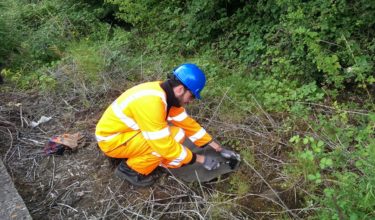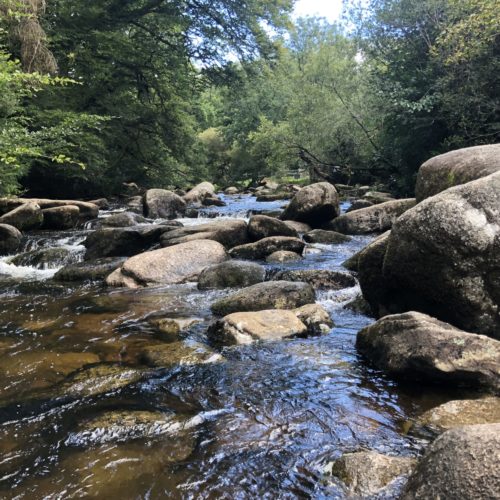Thomson EC’s specialists can help with all aspects of a Preliminary Ecological Appraisal (PEA). With over 15 years’ experience, we are well-placed to identify key issues and the scope of further work required to move forward with your development.
All our surveyors are members of the Chartered Institute of Ecology and Environmental Management and meet the competency standards for PEA provided by this organisation.
Arrange a preliminary ecological appraisal today
What is a Preliminary Ecological Appraisal?
A Preliminary Ecological Appraisal is normally, as the name suggests, the first stage in any site assessment. PEAs are usually required during the planning process to enable a development to be approved. A PEA has two main elements: an ecological desk study and an a UK Habitat Classification Survey, which is extended to include an assessment for the habitat to support protected species.
The purpose of a PEA is to identify any ecological constraints to your development proposal. We will advise on what may additionally be required in order to complete the ecological assessment, for instance, protected species surveys. A PEA allows us to make recommendations where necessary for you to maintain compliance.
When can they take place?
A PEA should be undertaken as early as possible in the planning process. PEAs can be undertaken all year round, however, it is advised they should be conducted between April and September. If they occur outside this period, there may be seasonal constraints and additional surveys may be required.
About our Preliminary Ecological Appraisal Services
Ecological desk study
At Thomson, when undertaking the desk study, we collate data on statutory designated sites (legally protected), such as Sites of Special Scientific Interest, and priority habitats. We also contact the local biological records centre to obtain details of locally designated sites for wildlife and existing records of protected and priority species in the vicinity of the site. The data from these and other sources are brought together using GIS to provide either a printed map or an interactive map.
Habitat Survey
What our survey involves
- Site visit to map the habitat types present and their condition
- Record plant species present (and abundance)
- Assess the potential of the site for protected and priority species
- Record any evidence of protected and priority species
- Advise on initial ecological issues highlighted and requirements
- Guidance on measures to avoid and mitigate ecological impact
Using the UK Habitat Classification (UKHab) or extended Phase 1 habitat survey technique (JNCC, 2010; IEA, 1995), we map the habitats present on the site and, if required, the surrounding area. For each habitat area, we record the plant species present and their abundance. We also assess the potential of the site for protected and priority species and record any evidence of these that we find during the survey, such as badger setts.
As part of the PEA, we are able to advise on any initial ecological issues that we identify, for example, in relation to designated sites and priority habitats. We also advise on what is likely to be required in order to complete the ecological assessment, such as, surveys for protected species. Initial guidance on measures that could be incorporated into the development design to avoid and mitigate ecological impacts can also be provided at this stage. The PEA can, therefore, be an extremely useful tool for development master planning and can also form the basis of an Ecological Impact Assessment (EcIA) later in the project.
Arrange a preliminary ecological appraisal with us today
If you have any questions or would like to arrange a Preliminary Ecological Appraisal, speak to one of our specialists today.
Contact us















